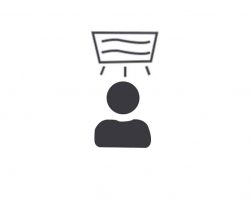The Hair Cycle Do to Hair Loss Because of Stress
A normal head of hair contains about 120,000-150,000 strands of hair.
Usually, at any one time, about 90% of those hairs are in a growing phase, growing by about 1/2 inch each month. This phase lasts for two to three years.
At that point, a hair will go into a resting stage. This “rest” lasts for 3 to 4 months before the hair falls out and is replaced by a new one.
“Typically, people shed about 100 hairs a day,” says Carolyn Jacob, MD, founder and medical director of Chicago Cosmetic Surgery and Dermatology. “Most people don’t even notice.”
Sometimes, a significant stress of some sort may spark a change in your body’s routine physiological functions, Jacobs says, and cause a disproportionate number of hairs to go into the resting phase at the same time. Then three to four months later, sometimes longer, all those resting hairs are shed. The effect can be alarming. The types of events that disrupt the normal hair cycle, Jacob says, can be caused by the substantial physiological stresses on your body.
But, according to Amy McMichael, MD, professor of dermatology at Wake Forest Baptist Health in Winston-Salem, N.C, physiological stress is not the same as emotional stress. Hair loss can be one way the body responds to significant physiological stress that may be brought on by diet, medical, or lifestyle changes.
“Only those things that cause physiological stress can cause a hair loss event,” McMichael says. The good news is that the hair loss from these kinds of events is usually temporary, as long as the stress event is temporary. Once the stressor is addressed or goes away on its own, hair grows back and the normal hair cycle resumes.







